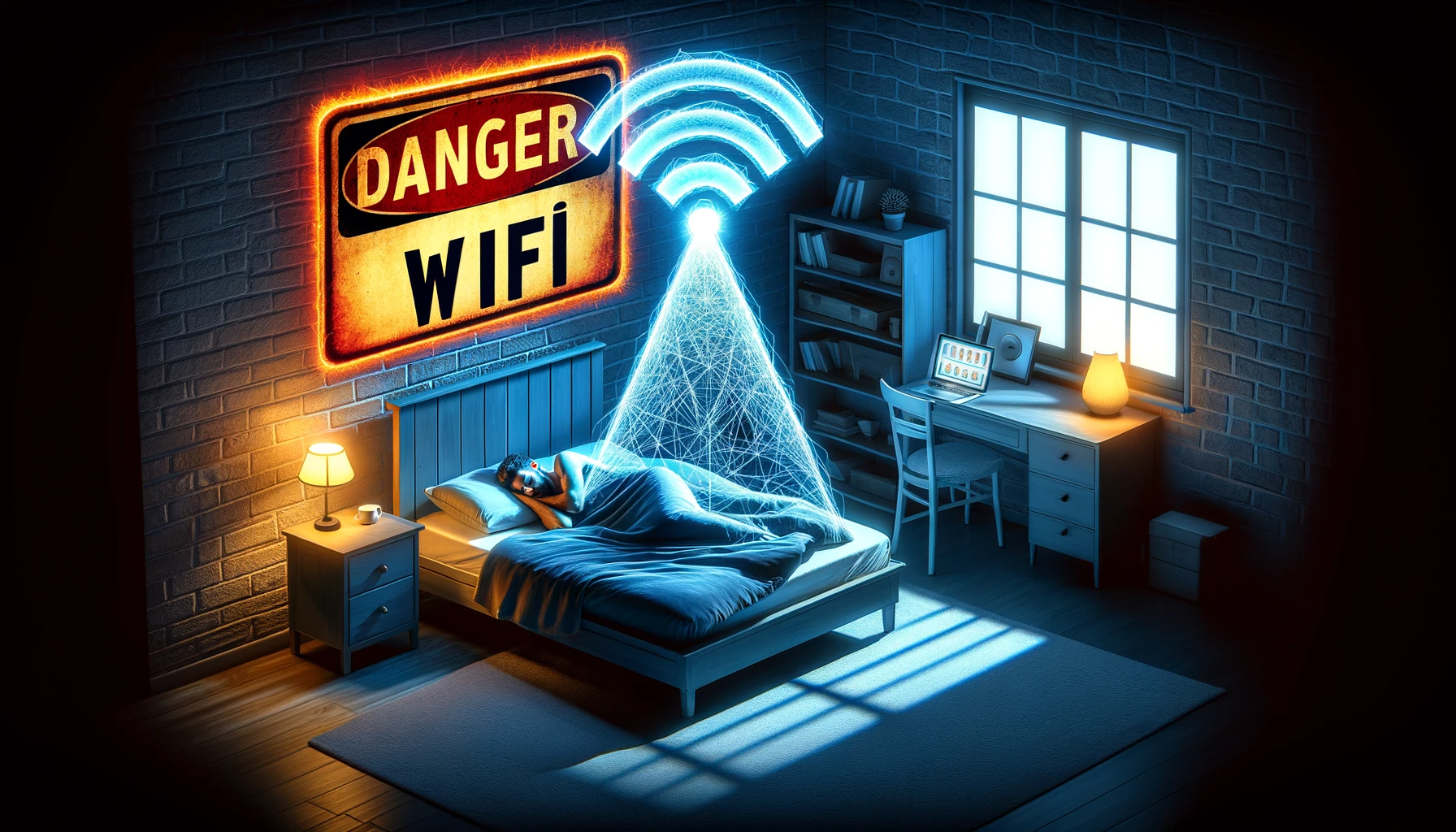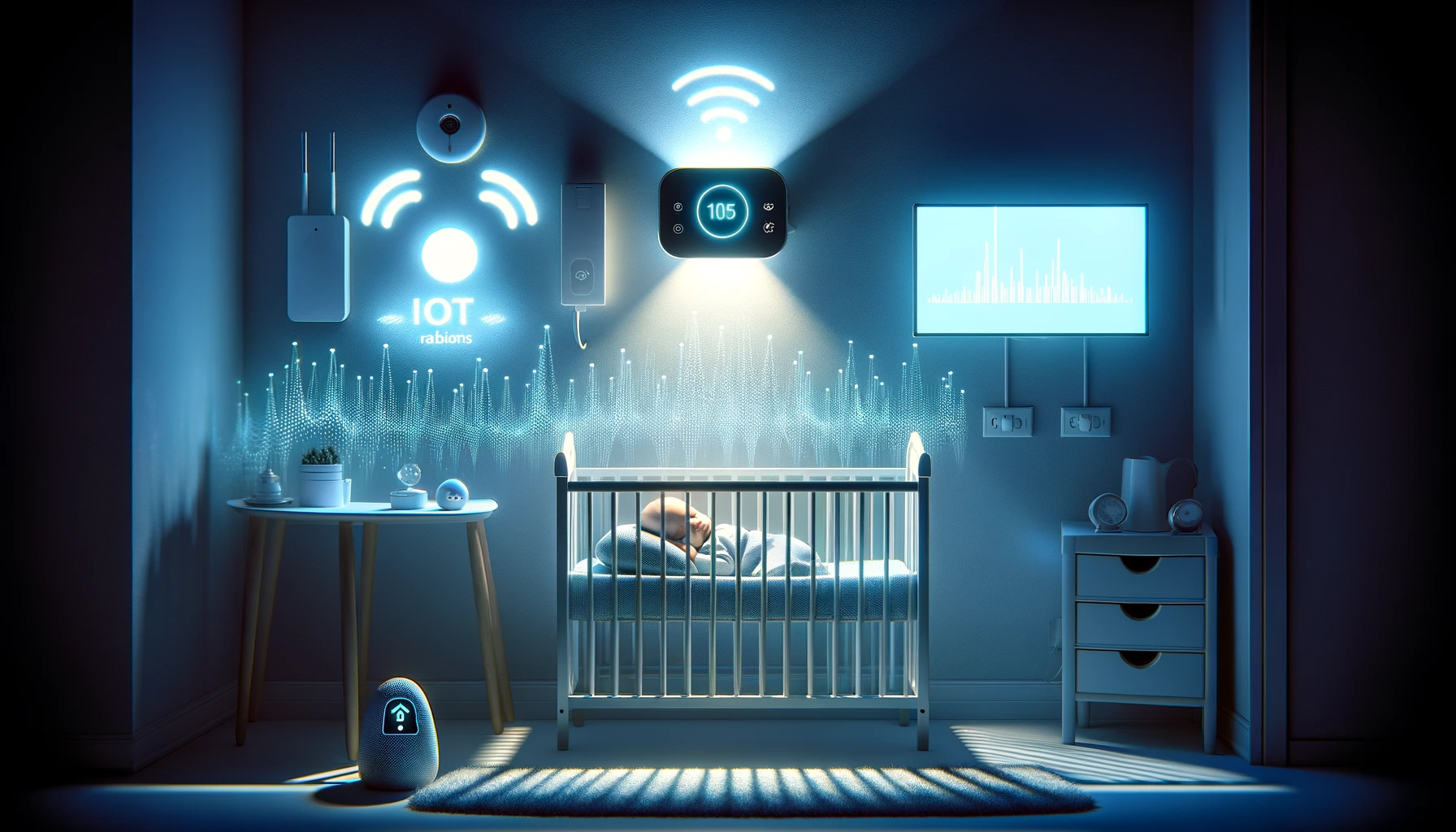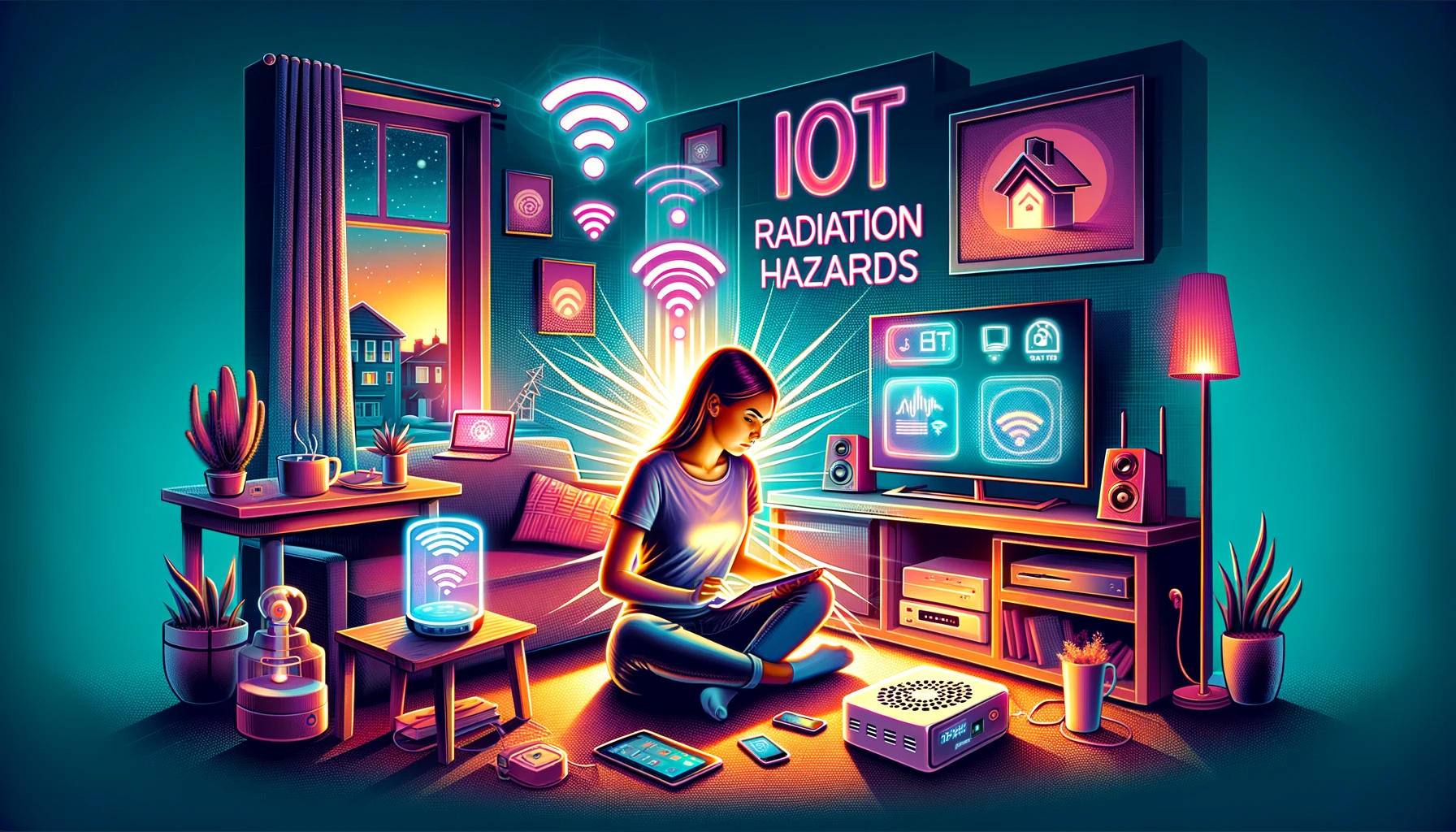Broader Implications and Future Directions
Public Health Considerations
The implications of the study’s findings are significant for public health. With the increasing use of electronic devices emitting EMR, particularly at the 2.45 GHz frequency, there’s a growing concern about the potential long-term effects on human health. This study suggests that even at non-ionizing radiation levels, such as those from Wi-Fi routers and microwaves, there could be underlying biological impacts that are not immediately apparent but may have long-term consequences.
Regulatory Reassessment
Current safety standards and regulations for EMR exposure primarily focus on avoiding thermal effects and may not adequately account for the biological effects observed in this study. These findings underscore the need for a reassessment of these standards, incorporating recent scientific data to ensure they reflect the potential risks associated with prolonged EMR exposure.
Need for Longitudinal Studies
To fully understand the implications of prolonged exposure to EMR, long-term studies are needed. Such studies could provide more comprehensive insights into how chronic exposure affects cellular health, potentially leading to diseases or dysfunctions over time.
Advancements in Technology
As technology continues to evolve, with the advent of 5G and other advanced communication systems, understanding the health implications of EMR becomes even more crucial. Continuous monitoring and research into the effects of these technologies are necessary to safeguard public health.
Public Awareness and Education
Raising public awareness about the potential risks of EMR exposure is vital. Educating the public on how to minimize unnecessary exposure, especially in domestic settings, could be a proactive step towards mitigating potential health risks.
Collaboration Across Fields
Collaboration between researchers, health professionals, regulatory bodies, and technology companies is essential in addressing the complexities of EMR exposure. Multidisciplinary efforts can lead to more effective strategies for managing EMR in our environment.
Conclusion
The research by Maria Paola Bertuccio and colleagues represents a significant step in understanding the biological effects of 2.45 GHz electromagnetic radiation. While their findings raise concerns about the potential health impacts of everyday EMR exposure, they also open doors for further research and discussions about how to better regulate and manage this aspect of modern technology. As we continue to integrate technology into every facet of our lives, it’s crucial that we remain vigilant about its potential effects on our health and take informed steps to mitigate any risks.











